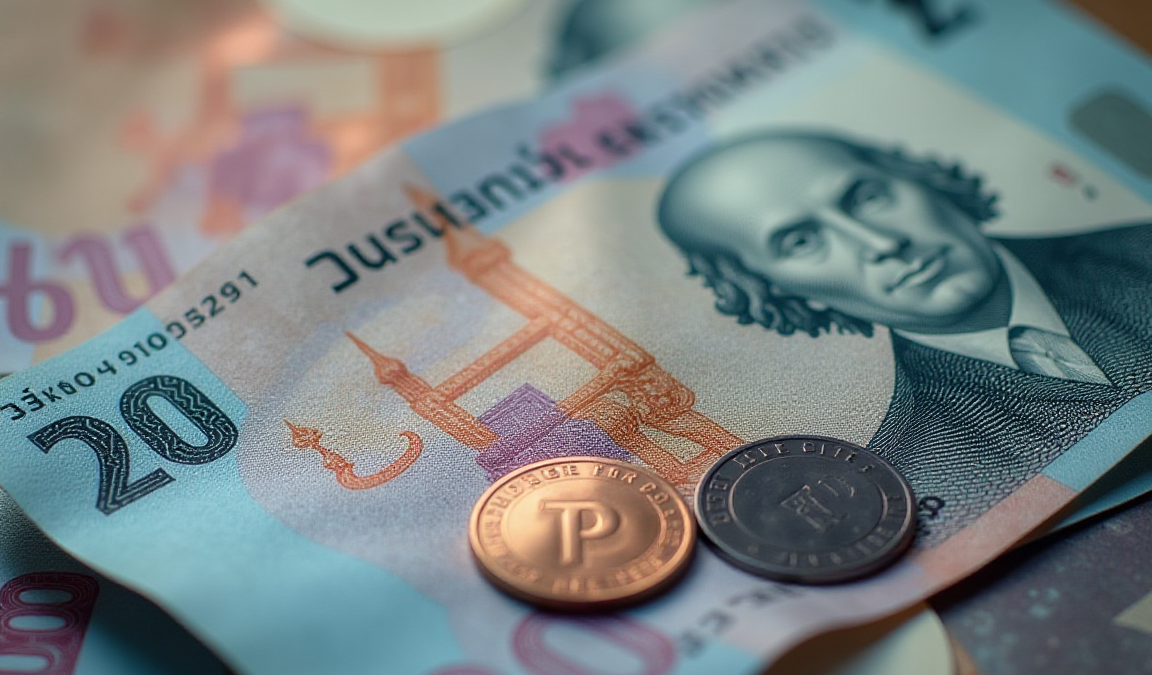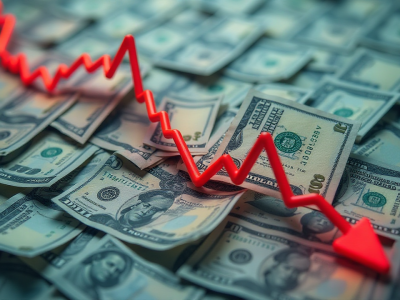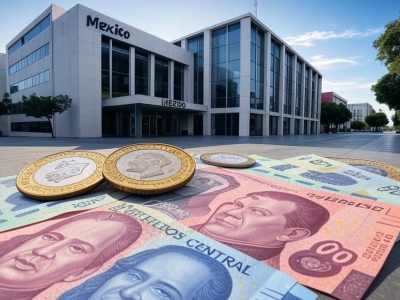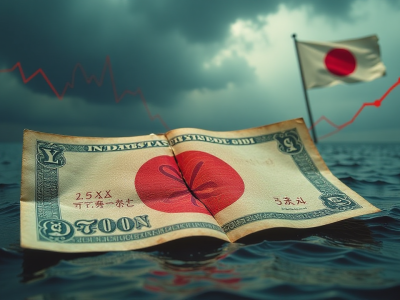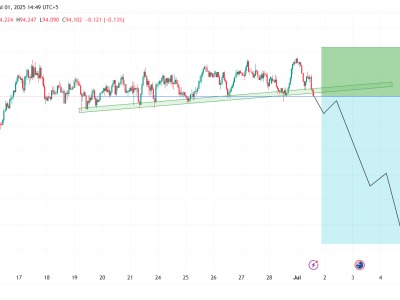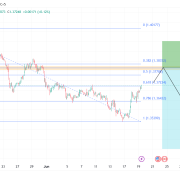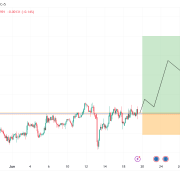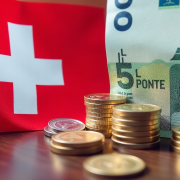
The USD/THB exchange rate has been in a strong downward trend this year, making the Thailand baht one of the best-performing currencies in the emerging markets. It peaked at 37.25 in May, where it formed a double-top pattern, and dropped by over 13.7% to 32.15.
Thailand interest rate cut
The Thailand baht was trading at 33.16 on Monday morning, a few points below last week’s high of 33.65 as investors reflected on last week’s interest rate decision.
In it, the Bank of Thailand decided to slash interest rates by 25 basis points to 2.25% as it worked to cushion the economy from weakness. Before that, rates were at a decade-high of 2.50% for months.
The rate cut came at a time when Thai’s inflation has risen gradually in the past few months. Data from the statistics agency showed that the core Consumer Price Index (CPI) rose to 0.77% in October from 0.6% in the previous month. The CPI was better than the expected 0.75%.
It has been rising gradually after bottoming at 0.37% earlier this year. Before that, Thai’s inflation peaked at a multi-decade high of 3.23% in 2023 as energy prices jumped.
The headline inflation, on the other hand, has remained low in the past few months. It rose slightly to 0.61% in September from 0.35% in the previous month.
By cutting interest rates, the Bank of Thailand (BoT) joined other central banks that have been easing recently. For example, in Europe, the European Central Bank (ECB) slashed rates for the third time this year.
Other European central banks like the Swiss National Bank (SNB), Bank of England (BoE), and the Riksbank have been cutting. Similarly, the Bank of Canada (BoC), South Africa Reserve Bank (SARB), and the Hong Kong Monetary Authority (HKMA) have all cut rates as inflation fell.
Thailand economy is doing well
The USD/THB exchange rate has dropped because of the ongoing strength of the Thailand’s economy, helped by the tourism sector.
In its interest rate meeting, the bank raised the country’s GDP forecast from 2.6% to 2.7%. It also expects that it will expand by 2.9% in 2025, a small decrease from the previous estimate of 3.0%.
A key catalyst for the economic growth has been the tourism industry, which has continued booming this year.
Thailand’s tourism visitors plummeted from 39.8 million in 2019 to 11.2 million in 2022 because of the pandemic. The government now hopes that the figure will get to 35 million this year and continue growing in the future.
Other sectors of the economy are doing better than in most countries. For example, Thai’s manufacturing PMI has remained above 50 this year, while the unemployment rate has dropped to less than 0.99%.
Other metrics have been encouraging, with the services PMI holding steady because of the tourism sector.
Federal Reserve cuts
The USD/THB pair has also been in a downward trend as the Federal Reserve has changed its tune on interest rates.
The Fed started cutting interest rates in the last meeting when it delivered a jumbo cut of 0.50%.
Now, however, there are signs that the bank will start cutting rates gradually after the recent strong economic numbers.
US data showed that the labor market strengthened in September, with the unemployment rate falling to 4.1%. The country’s inflation rate fell at a lower pace than expected.
Therefore, analysts expect that the Fed will not deliver more jumbo rate cuts, which explains why Treasury yields have risen in the past few weeks. The ten-year yield has risen to 4.13%, while the five-year has moved to almost 5%.
USD/THB technical analysis
USD/THB chart by TradingView
The daily chart shows that the USD to THB exchange rate peaked at 37.25 in May. This was a notable level since it was also the highest swing in October 2023, meaning that it formed a double-top chart pattern.
The pair dropped below the neckline at 34.10 on September 4. In most periods, a double-top is one of the most bearish patterns in the market.
It then formed a death cross pattern as the 50-day and 200-day Exponential Moving Averages (EMA) crossed each other. The death cross is a popular bearish sign, which explains why it dropped to a two-year low of 32.15.
Recently, the pair bounced back and reached a high of 33.63 on October 10 as the US dollar index rebounded. It then erased some of those gains and dropped to 33.15.
Therefore, the pair will likely continue falling as sellers target the next key support at 32.56, its lowest swing in January 2023. A break below that level will point to more downside.
The post USD/THB: Here’s why the Thai baht strength has more room to run appeared first on Invezz




